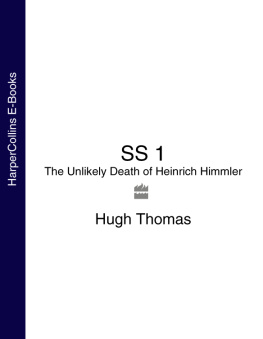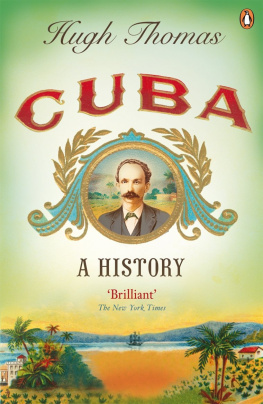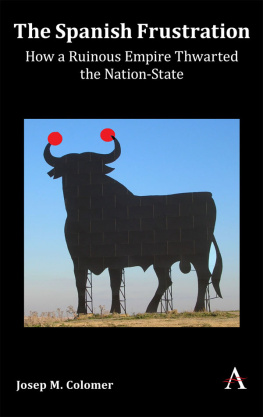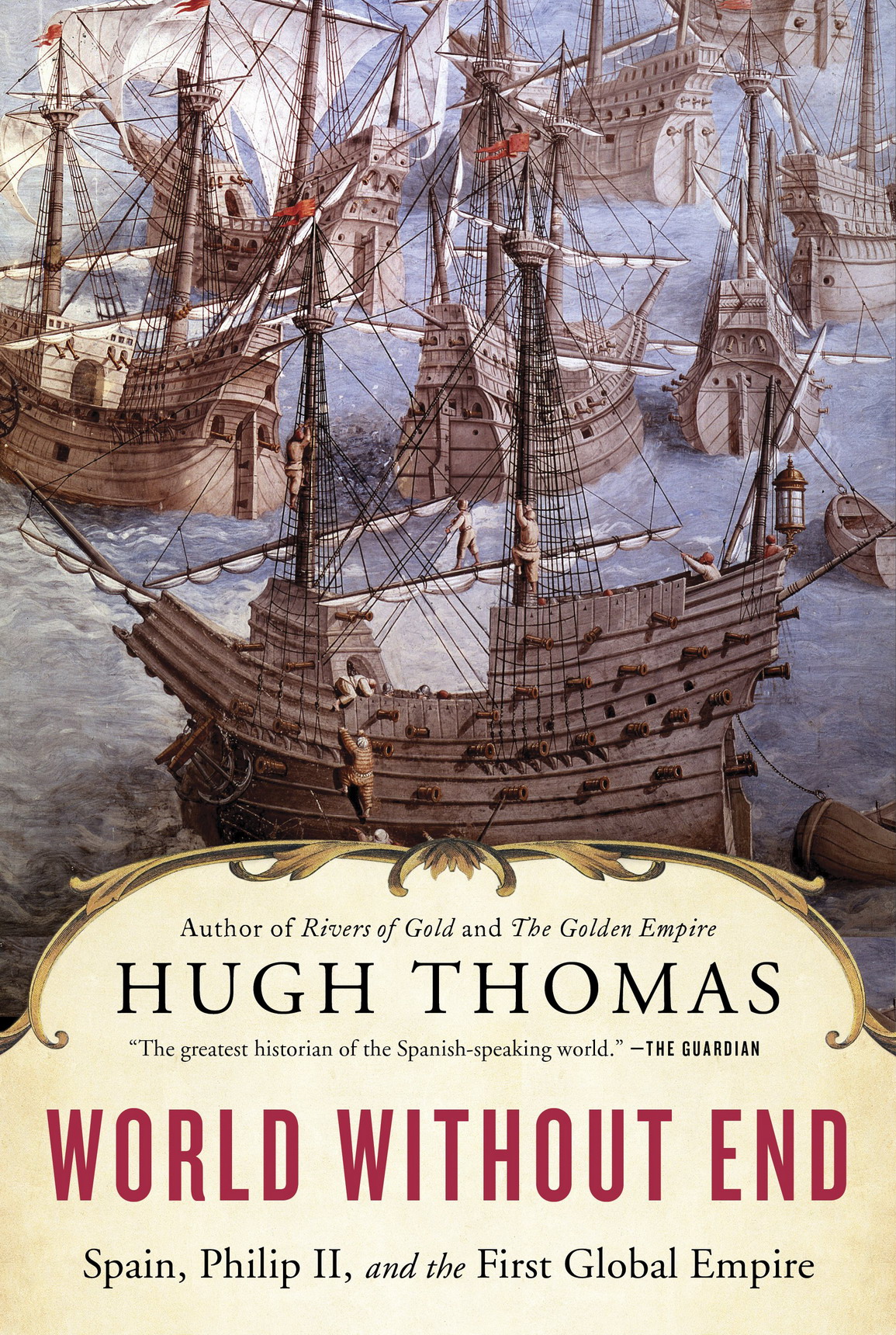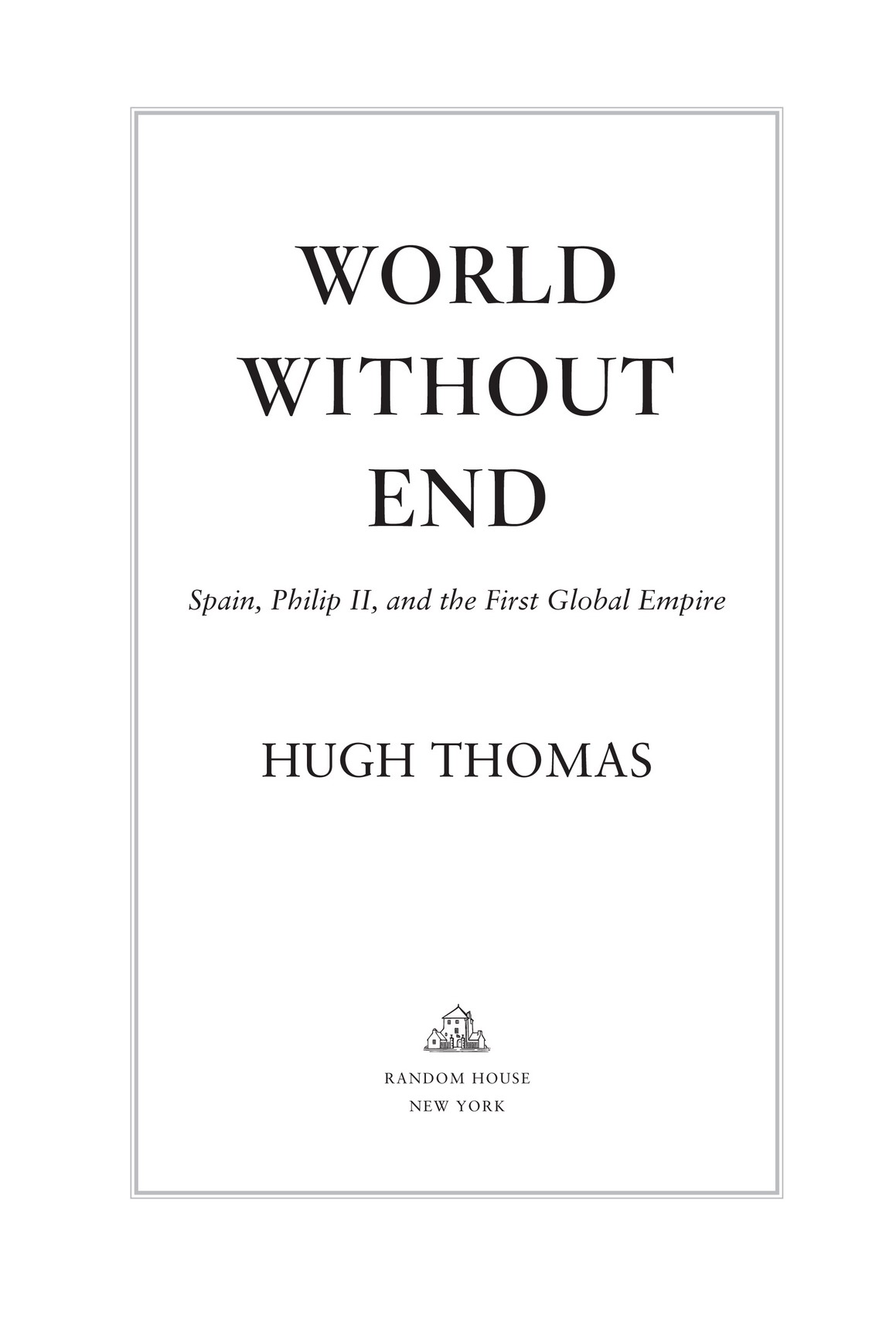Thomas - World without end: Spain, Philip II, and the first global empire
Here you can read online Thomas - World without end: Spain, Philip II, and the first global empire full text of the book (entire story) in english for free. Download pdf and epub, get meaning, cover and reviews about this ebook. City: New York, year: 2015, publisher: Random House Publishing Group, genre: Non-fiction. Description of the work, (preface) as well as reviews are available. Best literature library LitArk.com created for fans of good reading and offers a wide selection of genres:
Romance novel
Science fiction
Adventure
Detective
Science
History
Home and family
Prose
Art
Politics
Computer
Non-fiction
Religion
Business
Children
Humor
Choose a favorite category and find really read worthwhile books. Enjoy immersion in the world of imagination, feel the emotions of the characters or learn something new for yourself, make an fascinating discovery.

- Book:World without end: Spain, Philip II, and the first global empire
- Author:
- Publisher:Random House Publishing Group
- Genre:
- Year:2015
- City:New York
- Rating:4 / 5
- Favourites:Add to favourites
- Your mark:
World without end: Spain, Philip II, and the first global empire: summary, description and annotation
We offer to read an annotation, description, summary or preface (depends on what the author of the book "World without end: Spain, Philip II, and the first global empire" wrote himself). If you haven't found the necessary information about the book — write in the comments, we will try to find it.
The legacy of imperial Spain was shaped by many hands. But the dramatic human story of the extraordinary projection of Spanish might in the second half of the sixteenth century has never been fully told--until now. In World Without End, Hugh Thomas chronicles the lives, loves, conflicts, and conquests of the complex men and women who carved up the Americas for the glory of Spain.
Chief among them is the towering figure of King Philip II, the cultivated Spanish monarch whom a contemporary once called the arbiter of the world. Cheerful and pious, he inherited vast authority from his father, Emperor Charles V,...
Thomas: author's other books
Who wrote World without end: Spain, Philip II, and the first global empire? Find out the surname, the name of the author of the book and a list of all author's works by series.



